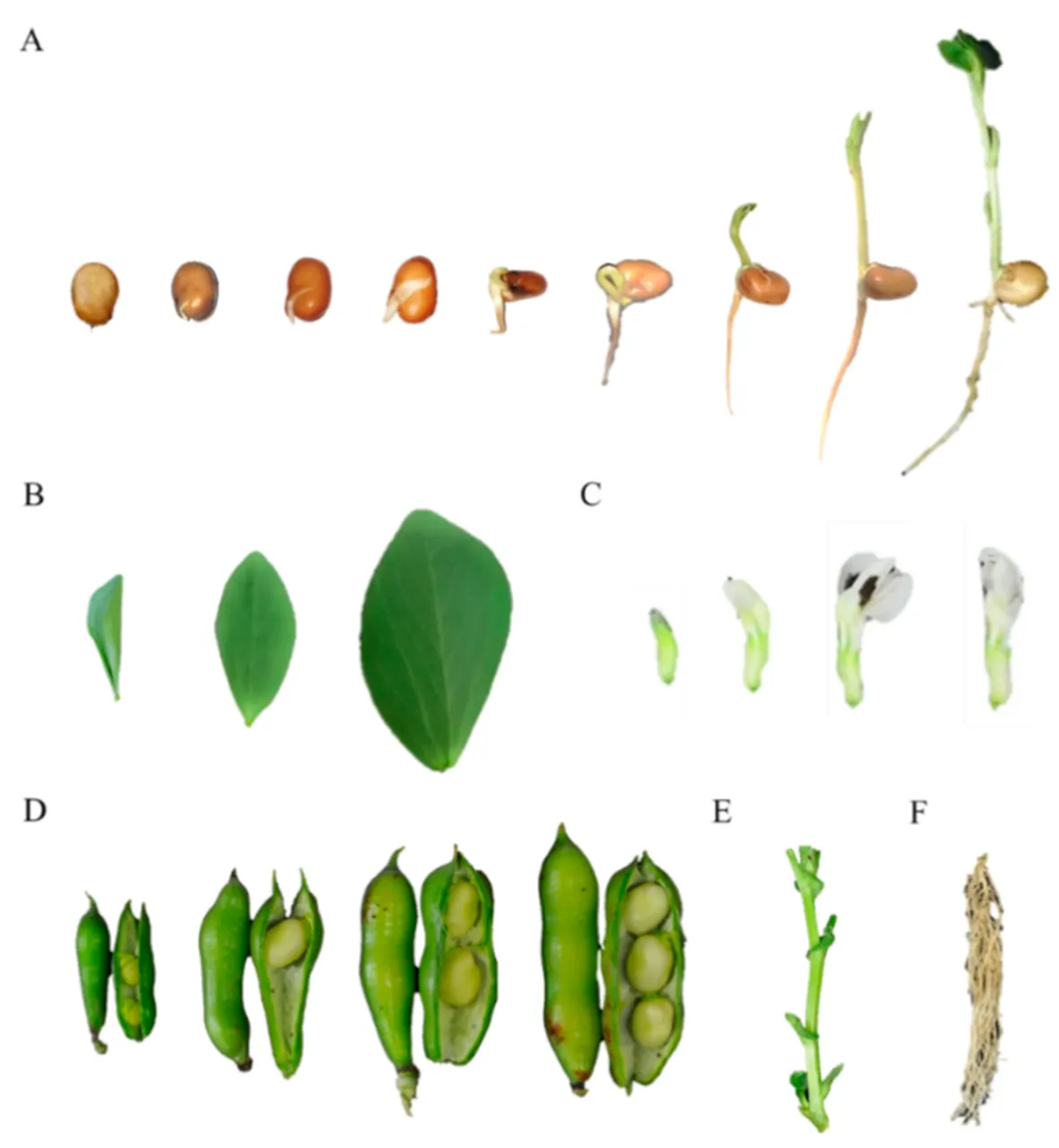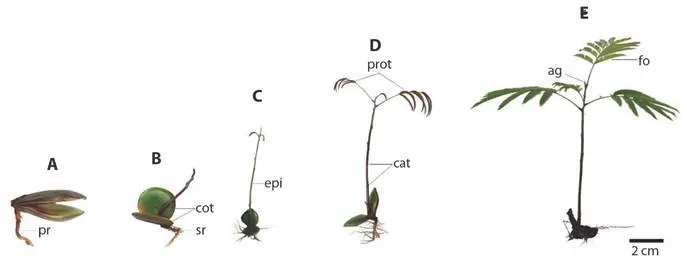In fabaceae there are three known growth stages, the first is the vegetative stage: in which there is formation of stems and leaves, the second is the reproductive stage: in which flower clusters develop that later give rise to flowers, and the third is the formation of the seed, which includes the growth of the pod and the filling of the grain.



▶ Fabaceae develop and grow from the vegetative to the reproductive stage, they have many potential growth points that can generate a regrowth, because in addition to the apical and axillary meristems, most have dormant buds in the crown of the plant whose function is to produce the first spring growth or to produce a regrowth when the growing stems are cut.

▶ Credits: thespruce – [Image of Public Domain]
≕ I invite you to stay tuned and read my next contribution ≔
The location of the buds is typical of each species and largely determines its response to defoliation, in the particular case of alfalfa, much of the reserve carbohydrates are found in the roots that are generated by the so-called contractile growth, which occurs between 65 and 75 days after planting.
If grazing is carried out before contractile growth, the plant will be seriously weakened and its establishment will be at risk. It is important to ensure adequate foliar aeration of the plant so that the roots continue to grow for as long a period as possible, thus increasing the carbohydrate reserves in the roots.

The fact that the plant spends the winter with sufficient aerial foliage also serves as a thermal insulator, improving the efficiency of water uptake from winter rains.